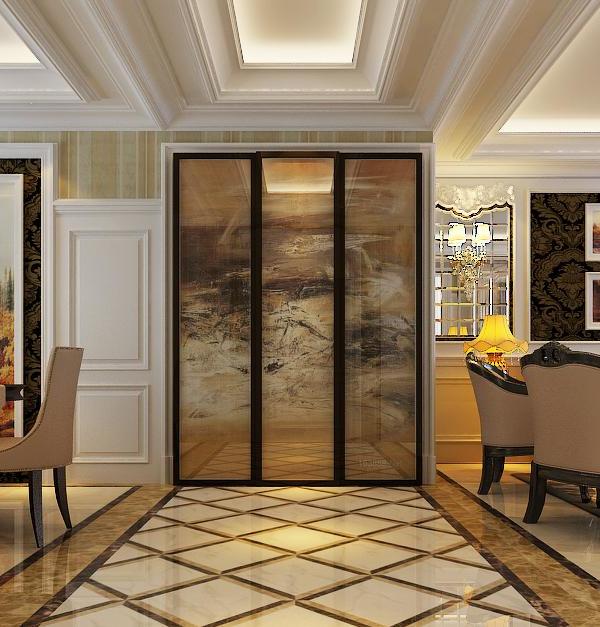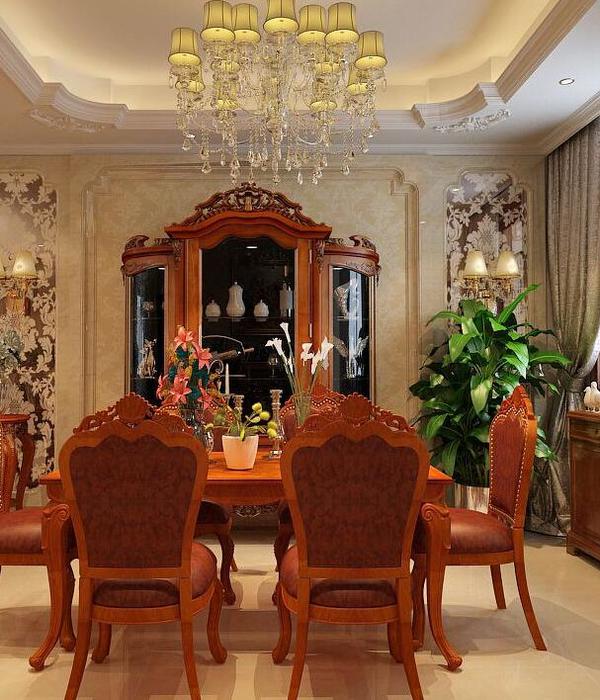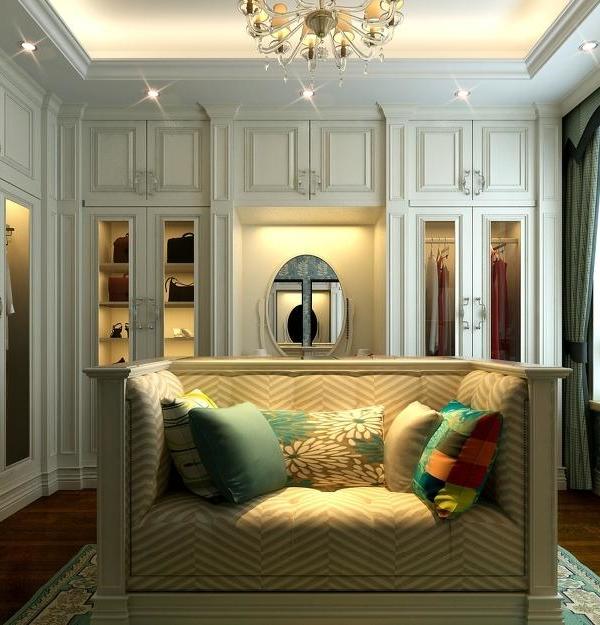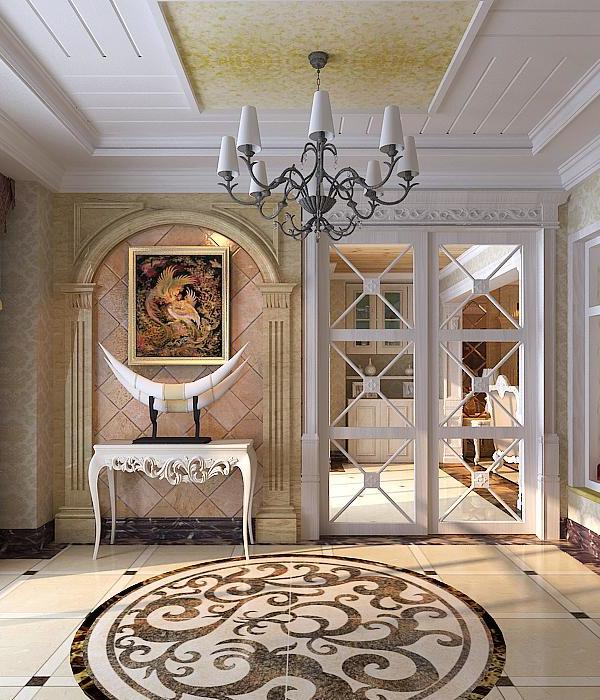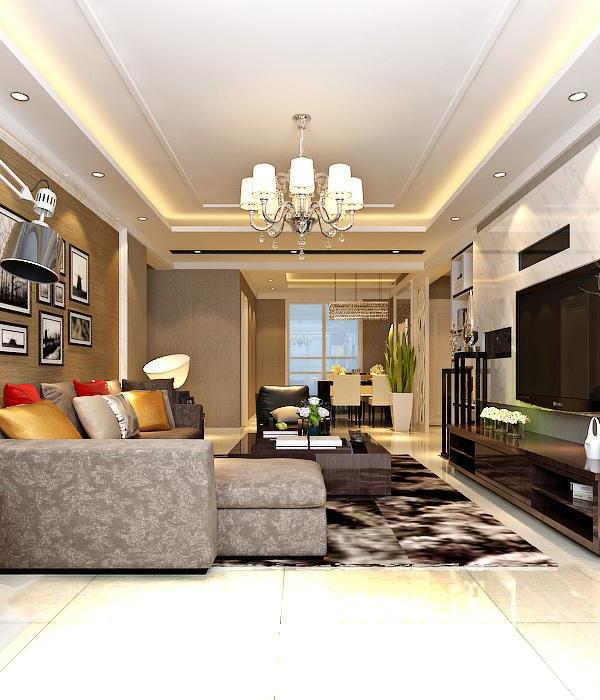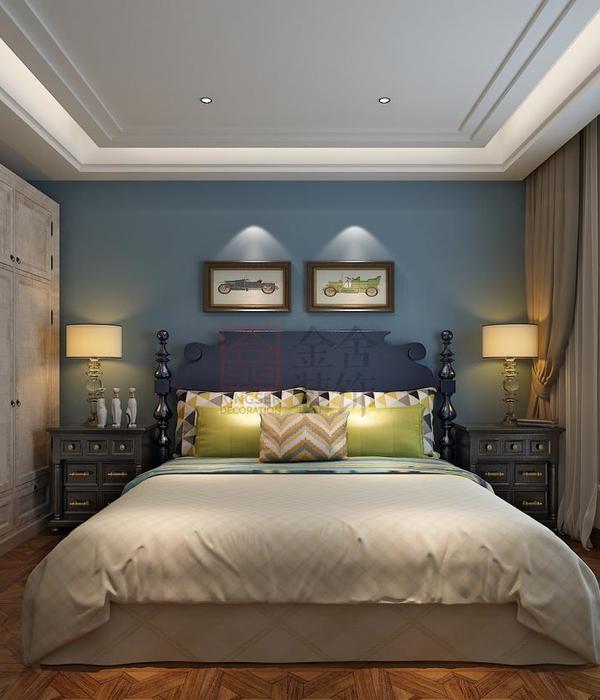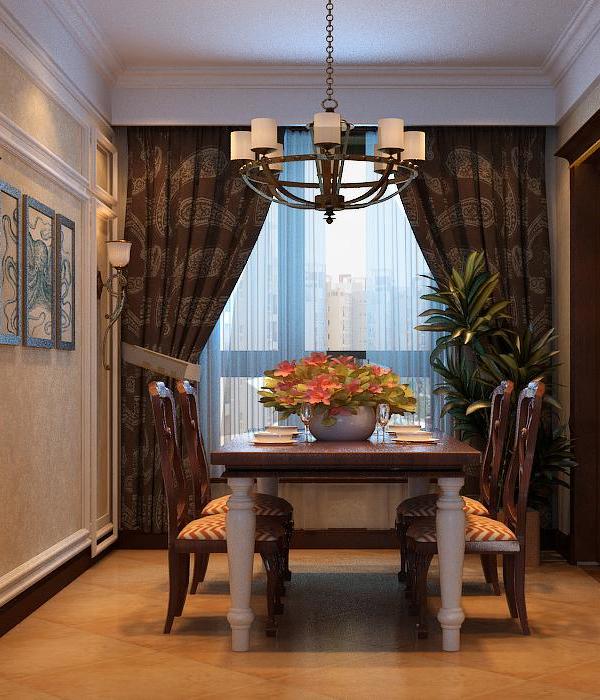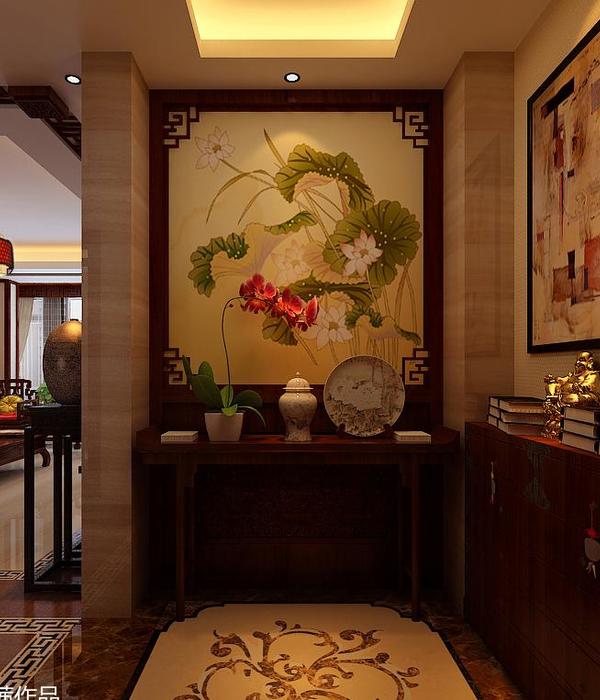Architects:fabriKG
Area :103 m²
Year :2014
Manufacturers : AutoDesk, Calidra, Cemex, Fierro y Lamina, SAYER, Trimble NavigationAutoDesk
Lead Architect :Gonzalo Elizarraras
Design Team : Gonzalo Elizarraras, Marco Antonio Rico, Eduardo Manriquez, Arturo Ojeda, Luis Parra, Carlos Espino, Daniel Moyano, Rodrigo Ramos, Gina Mendoza
Clients : Kathy Christopherson
Furniture Design : Juan Diego Perez / BC Design Studio
Interiors : Julieta Talamante / Villa Valentina
Solar Design : Erwin Lapschies/EcoSmart
Landscaping : fabriKG
Consults : Earthdwell
Country : Mexico
Located at 800m above sea level, Big Rock is developed on the slopes of Laguna Hills facing the Sea of Cortez, in Baja California Sur Peninsula, Mexico. The access is via a dirt road that runs along the east coast of Los Cabos, 20 minutes (9km) from the nearest infrastructure network.
The privileged situation of the project gives life to the architecture, which is born in and adapts to the place, making the large granite stones and natural elements the main theme of the project, as they define the limits of the intervention.
Solar movements define the location of the program and the scale of each volume. This passive solar design fosters a comfortable environment all year round. The house is generated based on three volumes that in turn create a central distribution courtyard. Brick lattices allow visual permeability towards the surrounding nature while delimiting the private area. The main volume is to the south, housing the common areas and a terrace overlooking the Sea of Cortez, to the west, a lower terrace with a view of the mountain, and to the east, the largest rock defines the location of the main room, away from the common areas.
The walls of compacted earth are camouflaged with the colours of the desert and, with their thermal mass, decrease the sudden variations in temperature between day-night, summer-winter, generating a constant interior environment of 23º to 26º C. The courtyards are surrounded by natural elements, earth walls and lattices, creating a pleasant microclimate that allows the flow of the sea breeze.
The architecture of Big Rock is timeless and contemporary. Based on the typical design used in desert areas, it focuses on maintaining a low environmental impact and at the same time remaining sensitive to the local culture, climate and landscape. Traditional materials such as earth, sand, stone, brick and wood join the possibilities of other industrial materials, such as cement and steel, creating an environment that is more adapted to contemporary and local characteristics. Thus, the construction technique of compacted earth is modernized, stabilized and reinforced with 10% cement and steel rods since it is located in an area of high seismic risk. On the other hand, the introduction of these materials allows an improvement in durability and a decrease in maintenance given the exposure of the walls to the elements.
Due to its remote location, the house is electrically self-sufficient, with solar panels that capture and store energy in batteries, providing electricity and hot water.
All native botanical species were respected and used as a design theme to define the boundaries of the construction. Some plants were relocated as if no work had been done in its 10-month duration.
▼项目更多图片
{{item.text_origin}}

